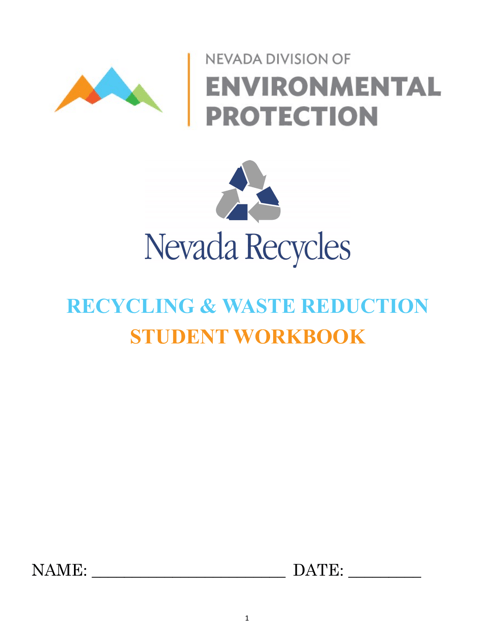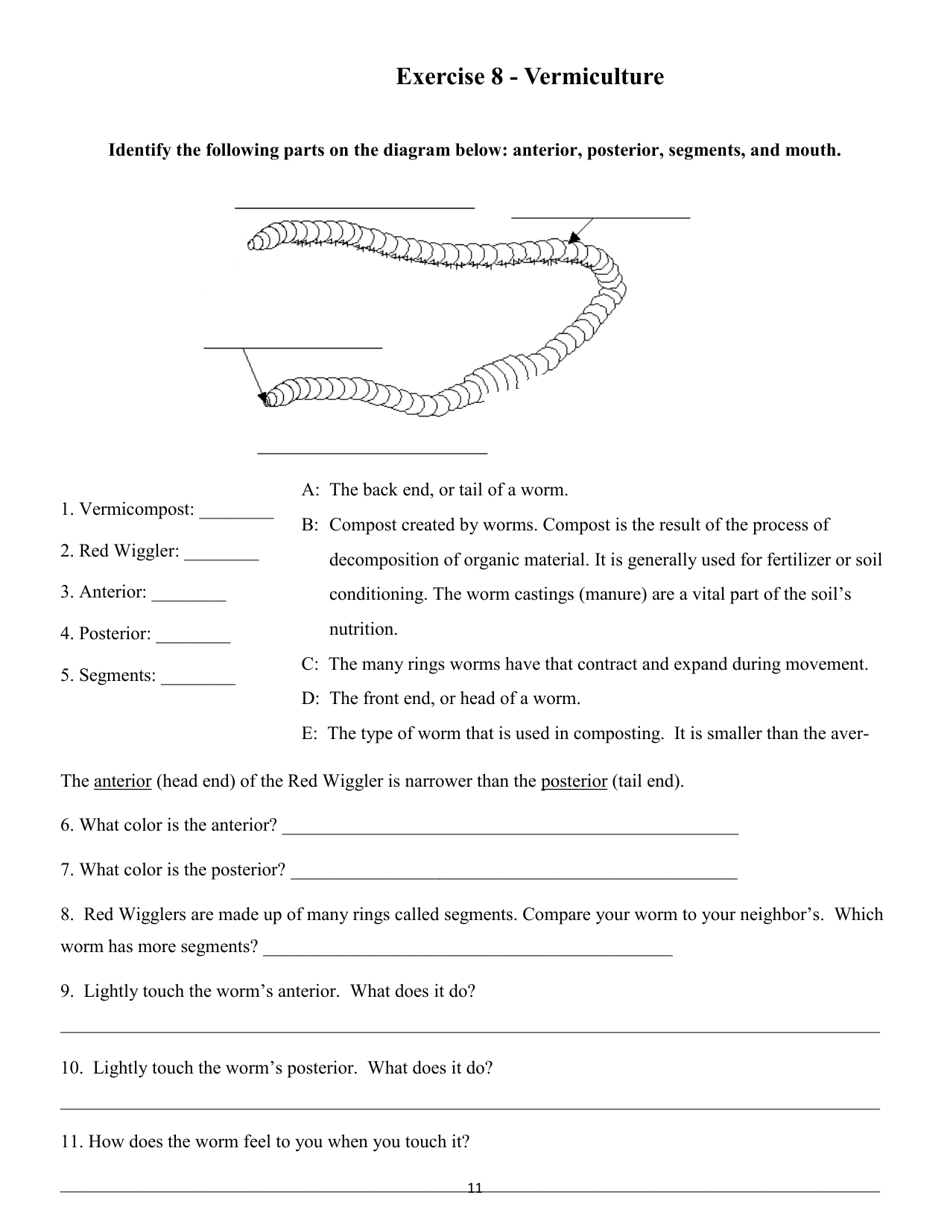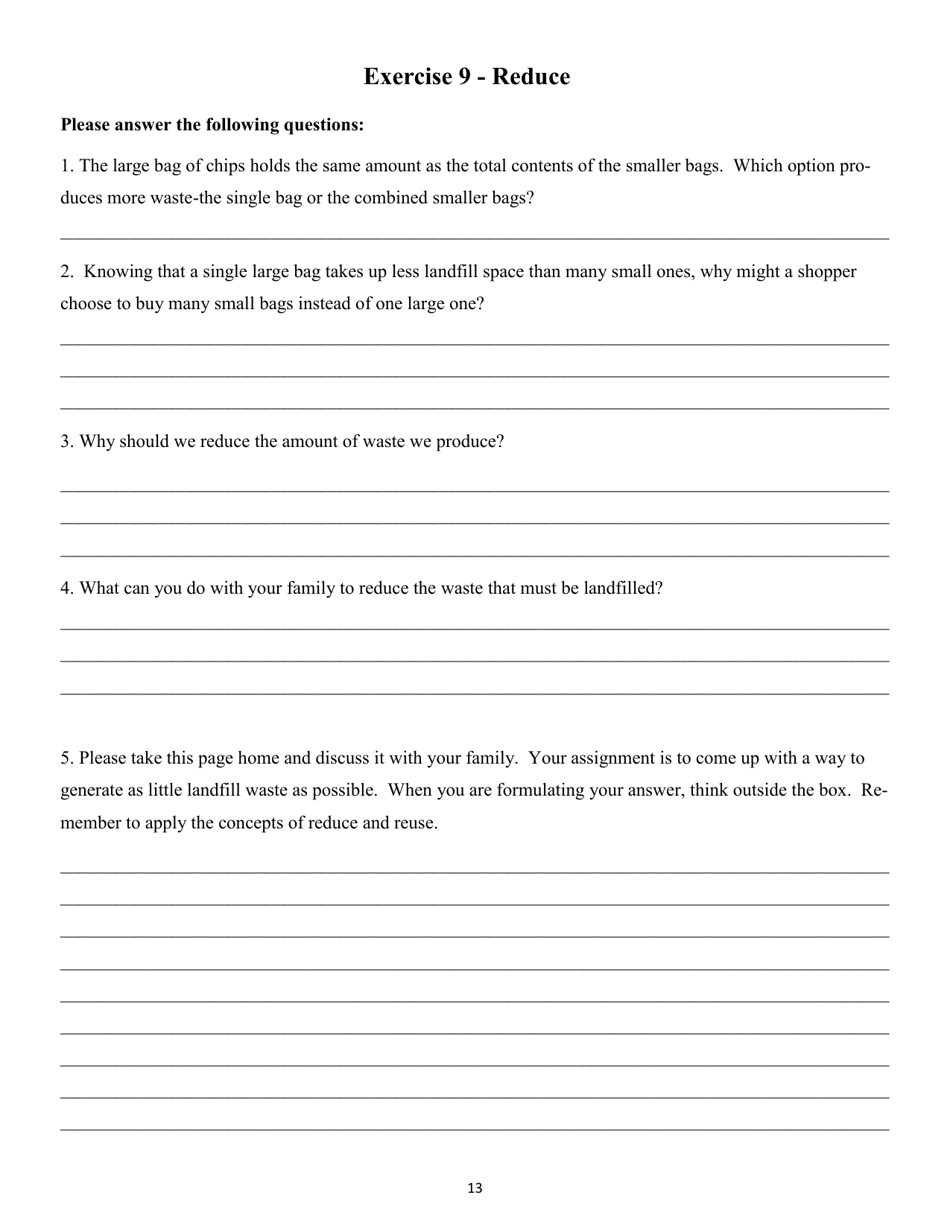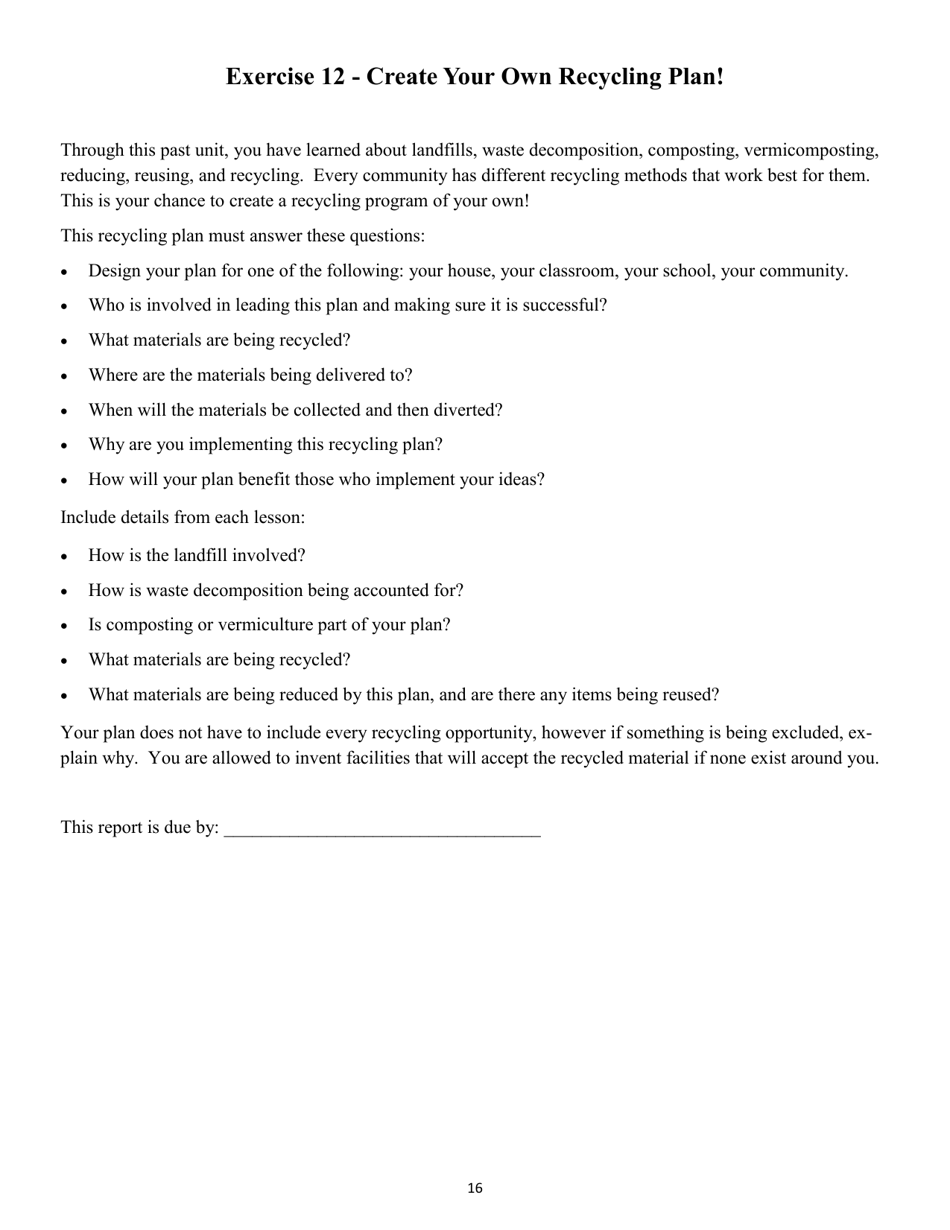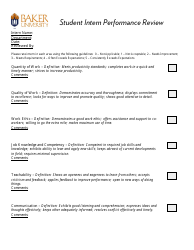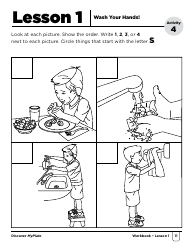Recycling & Waste Reduction Student Workbook - Nevada
Recycling & Waste Reduction Student Workbook is a legal document that was released by the Nevada Department of Conservation and Natural Resources - a government authority operating within Nevada.
FAQ
Q: What is recycling?
A: Recycling is the process of collecting and processing materials that would otherwise be thrown away into new products.
Q: Why is recycling important?
A: Recycling helps conserve natural resources, reduces the need for landfill space, saves energy, reduces pollution, and helps create jobs.
Q: What can be recycled?
A: Common items that can be recycled include paper, cardboard, plastic bottles and containers, glass bottles and jars, aluminum cans, and steel cans.
Q: How should I prepare recyclables for collection?
A: To prepare recyclables, make sure they are clean and empty. Remove any caps or lids, flatten cardboard boxes, and sort materials into their respective categories.
Q: Can I recycle plastic bags?
A: Most recycling programs do not accept plastic bags, but you can typically recycle them at grocery stores or other drop-off locations.
Q: What is composting?
A: Composting is the process of decomposing organic materials, such as food scraps and yard waste, into a rich soil amendment called compost.
Q: Why should I compost?
A: Composting helps reduce methane emissions from landfills, improves soil health, and allows you to recycle organic waste into a valuable resource.
Q: What can be composted?
A: You can compost fruit and vegetable scraps, coffee grounds, eggshells, yard trimmings, leaves, and other plant-based materials.
Q: Can I compost meat and dairy products?
A: It is best to avoid composting meat and dairy products, as they can attract pests and create odors. Stick to composting plant-based materials.
Q: How can I reduce waste?
A: Some ways to reduce waste include using reusable items instead of disposable ones, buying in bulk, and avoiding single-use plastic products.
Form Details:
- The latest edition currently provided by the Nevada Department of Conservation and Natural Resources;
- Ready to use and print;
- Easy to customize;
- Compatible with most PDF-viewing applications;
- Fill out the form in our online filing application.
Download a printable version of the form by clicking the link below or browse more documents and templates provided by the Nevada Department of Conservation and Natural Resources.
